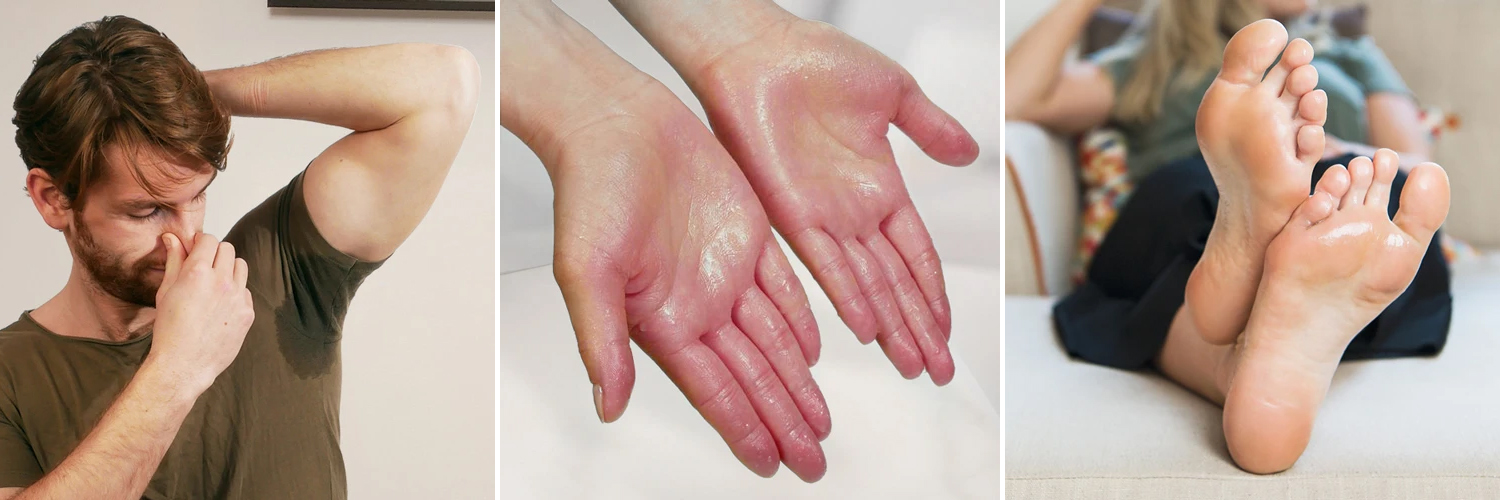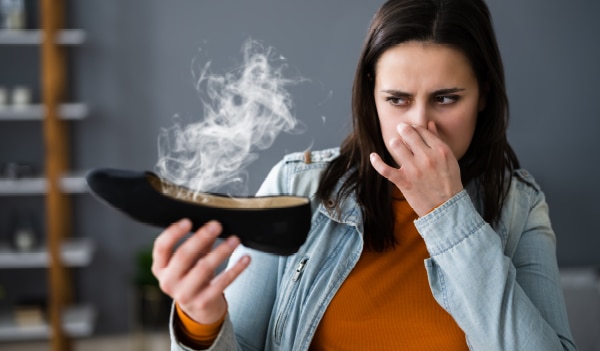Reliable Dermatology Solutions for Excessive Sweating: How to Stop Sweaty Hands and Feet
Reliable Dermatology Solutions for Excessive Sweating: How to Stop Sweaty Hands and Feet
Blog Article
Revealing the Intricacies of Excessive Sweating: A Comprehensive Guide to Diagnosis and Administration
Excessive sweating, medically referred to as hyperhidrosis, is a condition that affects a considerable number of individuals and can have an extensive influence on their lifestyle. While sweating is a natural bodily feature, its overactivity in hyperhidrosis offers an unique set of difficulties that frequently go past plain discomfort. Comprehending the underlying causes, recognizing the signs, and navigating the diagnostic process for hyperhidrosis can be complex jobs. In this thorough overview, we will certainly check out the intricacies of hyperhidrosis, from its medical diagnosis to the selection of therapy alternatives available, dropping light on efficient administration approaches for those facing this condition.

Comprehending Hyperhidrosis Causes
Hyperhidrosis creates can be attributed to different variables such as genetics, hormonal inequalities, and certain medical problems. Genes play a significant function in key focal hyperhidrosis, where people inherit the condition from their household participants. By identifying the particular variables contributing to excessive sweating, health care service providers can customize therapy plans to deal with the underlying cause, using alleviation and boosting the quality of life for individuals impacted by hyperhidrosis.
Acknowledging Hyperhidrosis Effects

Moreover, hyperhidrosis signs and symptoms might manifest in psychological and social distress, as individuals might really feel ashamed or anxious concerning their sweating, resulting in avoidance of social scenarios (How to stop sweaty hands). Additionally, duplicated episodes of excessive sweating can cause skin maceration, fungal infections, and a general decline in self-confidence
Diagnostic Process for Hyperhidrosis
Starting the diagnostic procedure for excessive sweating includes comprehensive analysis of the individual's case history and health examination. Asking about the beginning, period, and activates of sweating episodes is crucial to separate between main focal hyperhidrosis and second generalized hyperhidrosis. Clinical history ought to additionally include inquiries concerning medications, clinical problems, and family background of hyperhidrosis.
Throughout the physical exam, certain interest is paid to the areas influenced by sweating. The medical care supplier might assess the extent of sweating, check for indications of underlying problems, and evaluate the effect of sweating on the person's lifestyle. Additionally, specific examinations like the gravimetric test, starch-iodine test, or skin conductance measurements might be performed to quantify the amount of sweat created.
Furthermore, in cases where secondary hyperhidrosis is thought, extra tests such as blood tests, urine tests, and imaging studies might be advised to recognize the underlying source of too much sweating. The analysis process aims to accurately determine the type and root cause of hyperhidrosis to lead ideal monitoring methods.
Therapy Choices for Hyperhidrosis
When attending to too much sweating, different treatment options are readily available to click for info relieve signs and symptoms and enhance the individual's quality of life. The therapy technique for hyperhidrosis depends upon the seriousness of symptoms and the person's action to preliminary therapies.
Topical therapies, such as aluminum-based antiperspirants, are commonly recommended as the initial line of defense for taking care of mild situations of hyperhidrosis. For individuals with a lot more severe signs, dental medications like anticholinergics may be prescribed to help lower sweating.

Effective Monitoring Approaches
To effectively manage hyperhidrosis, a individualized and comprehensive therapy strategy customized to the individual's particular requirements and reaction to previous therapies is essential. This plan may include a combination of healing strategies, consisting of way of life adjustments, topical treatments, dental drugs, botulinum toxic substance injections, iontophoresis, and in severe instances, surgical interventions like gland elimination or sympathectomy. Way of life modifications such as using moisture-wicking apparel, making use of antiperspirants, and practicing stress-reducing techniques can enhance medical interventions. Topical antiperspirants having aluminum chloride are frequently the first-line therapy, with more powerful formulations readily available for resistant cases. Dental medications like anticholinergics might be recommended for generalised hyperhidrosis. Botulinum toxic substance injections work for focal hyperhidrosis, offering temporary alleviation by blocking the release of acetylcholine. Iontophoresis, involving the usage of a low electric current to minimize sweat gland task, can be advantageous for both palmoplantar and axillary hyperhidrosis. Surgical alternatives are usually reserved for serious, refractory instances and need mindful consideration of benefits and threats. A check over here multidisciplinary method entailing dermatologists, health care doctors, and, if essential, cosmetic surgeons, can maximize the management of hyperhidrosis.
Final Thought
Finally, hyperhidrosis is a problem identified by excessive sweating, which can substantially influence an individual's top quality of life. By comprehending the causes, identifying the signs and symptoms, and undergoing the diagnostic procedure, doctor can efficiently handle this problem. Therapy choices include topical medicines, oral medicines, injections, and even surgical treatments in extreme instances. With correct medical diagnosis and administration methods, individuals experiencing hyperhidrosis can find relief and boost their total health.
Extreme sweating, medically known as hyperhidrosis, is a problem that impacts a significant number of people and can have a profound see this website impact on their top quality of life. By determining the particular factors adding to extreme sweating, medical care carriers can tailor treatment strategies to address the underlying reason, providing alleviation and enhancing the quality of life for people affected by hyperhidrosis.
Hyperhidrosis, identified by extreme sweating past what is required for managing body temperature, can significantly affect a person's high quality of life. Making inquiries regarding the start, duration, and causes of sweating episodes is important to differentiate between key focal hyperhidrosis and secondary generalised hyperhidrosis. Sweaty hands treatment.In verdict, hyperhidrosis is a condition defined by too much sweating, which can significantly influence an individual's top quality of life
Report this page